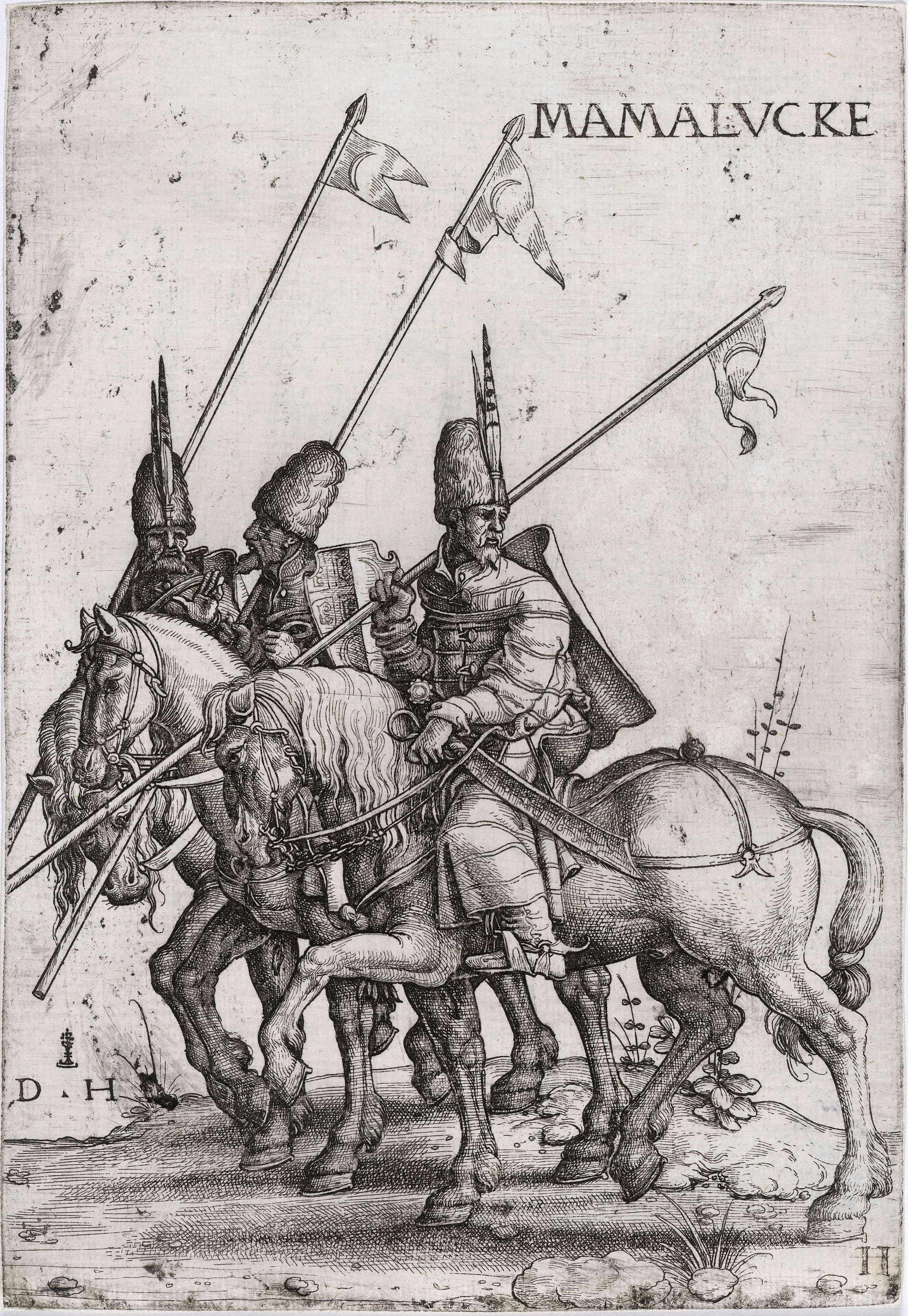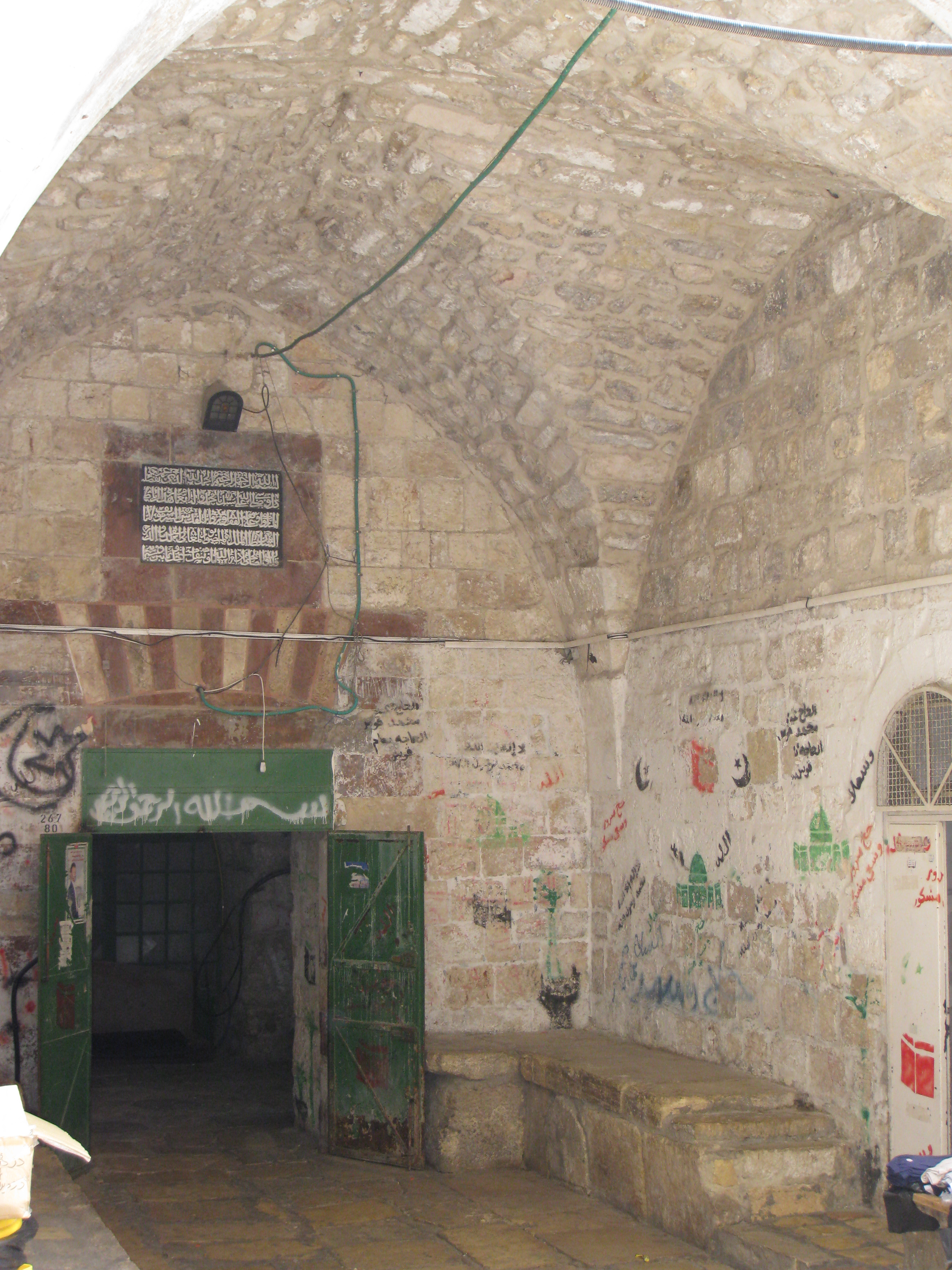|
Lajin
Lachin ( ar, لاجين), full royal name al-Malik al-Mansour Hossam ad-Din Lachin al-Mansuri (; d. January 16, 1299, Cairo) was a Mamluk sultan of Egypt from 1296 to 1299. Originally Greek, he was a mamluk of Al-Mansur Qalawun and had participated in the assassination of Qalawun's son the Sultan Al-Ashraf Khalil. He also tried assassinating the Sultan Al-Adil Kitbugha Kitbugha ( ar, كتبغا), royal name: al-Malik al-Adil Zayn-ad-Din Kitbugha Ben Abd-Allah al-Mansuri al-Turki al-Mughli; ar, الملك العادل زين الدين كتبغا بن عبد الله المنصورى التركى المغل� ... but failed. Kitbugha, fearing for his life, sent to him afterwards that he is ready to remove himself from the Sultanate for him to be the Sultan instead. Lajin agreed and became Sultan under the title ''Al-Mansur Hussam ud-din'', while Kitbugha was givin a fief in the Levant. External linksSultan Lajin - History Avenue Bahri sultans 13th-century Mamluk sulta ... [...More Info...] [...Related Items...] OR: [Wikipedia] [Google] [Baidu] |
Al-Adil Kitbugha
Kitbugha ( ar, كتبغا), royal name: al-Malik al-Adil Zayn-ad-Din Kitbugha Ben Abd-Allah al-Mansuri al-Turki al-Mughli; ar, الملك العادل زين الدين كتبغا بن عبد الله المنصورى التركى المغلى) (died 1303 CE) was the 10th Mamluk sultan of Egypt from December 1294 to November 1296. Background He was originally a Mongol (al-Turki al-Mughli) soldier in the Ilkhanid army of Hulagu. He was taken prisoner during the First Battle of Homs in 1260.Ibn Taghri, Sultanante of al-nasir Muhammed. He was purchased by Qalawun and became one of his Mamluks then later Qalawun manumitted him and granted him the rank of Emir. During the reign of Qalawun's son Sultan Al-Ashraf Khalil, he was arrested and released. In 1293, after the assassination of Al-Ashraf Khalil, Kitbugha became the Vice-Sultan and Regent of Sultan Al-Nasir Muhammad. With Emir ‘Alam al-Din Sanjar al-Shuja‘i al-Mansuri (, romanised: ʿAlam ad-Dīn Sanǧar aš-Šuǧā� ... [...More Info...] [...Related Items...] OR: [Wikipedia] [Google] [Baidu] |
An-Nasir Muhammad
Al-Malik an-Nasir Nasir ad-Din Muhammad ibn Qalawun ( ar, الملك الناصر ناصر الدين محمد بن قلاوون), commonly known as an-Nasir Muhammad ( ar, الناصر محمد), or by his kunya: Abu al-Ma'ali () or as Ibn Qalawun (1285–1341) was the ninth Bahri Mamluk sultan of Egypt who ruled between 1293–1294, 1299–1309, and 1310 until his death in 1341. During his first reign he was dominated by Kitbugha and al-Shuja‘i, while during his second reign he was dominated by Baibars and Salar. Not wanting to be dominated or deprived of his full rights as a sultan by his third reign, an-Nasir executed Baibars and accepted the resignation of Salar as vice Sultan. An-Nasir was known to appoint non-Mamluks loyal to himself to senior military positions and remove capable officers of their duty whose loyalty he doubted. Although, he did annul taxes and surcharges that were imposed on commoners for the benefit of the emirs and officials. Also, he employe ... [...More Info...] [...Related Items...] OR: [Wikipedia] [Google] [Baidu] |
Mamluk Sultanate (Cairo)
The Mamluk Sultanate ( ar, سلطنة المماليك, translit=Salṭanat al-Mamālīk), also known as Mamluk Egypt or the Mamluk Empire, was a state that ruled Egypt, the Levant and the Hejaz (western Arabia) from the mid-13th to early 16th centuries. It was ruled by a military caste of mamluks (manumitted slave soldiers) headed by the sultan. The Abbasid caliphs were the nominal sovereigns. The sultanate was established with the overthrow of the Ayyubid dynasty in Egypt in 1250 and was conquered by the Ottoman Empire in 1517. Mamluk history is generally divided into the Turkic or Bahri period (1250–1382) and the Circassian or Burji period (1382–1517), called after the predominant ethnicity or corps of the ruling Mamluks during these respective eras.Levanoni 1995, p. 17. The first rulers of the sultanate hailed from the mamluk regiments of the Ayyubid sultan as-Salih Ayyub (), usurping power from his successor in 1250. The Mamluks under Sultan Qutuz and Baybars r ... [...More Info...] [...Related Items...] OR: [Wikipedia] [Google] [Baidu] |
Al-Ashraf Khalil
Al-Ashraf Salāh ad-Dīn Khalil ibn Qalawūn ( ar, الملك الأشرف صلاح الدين خليل بن قلاوون; c. 1260s – 14 December 1293) was the eighth Bahri Mamluk sultan, succeeding his father Qalawun. He served from 12 November 1290 until his assassination in December 1293. He was well known for conquering the last of the Crusader states in Palestine after the siege of Acre in 1291. Early life Khalil's exact year of birth is not known, although according to the Mamluk-era historian, Khalil ibn Aybak as-Safadi, he died "in his thirties or less". He was the second son of Sultan Qalawun (r. 1279–1290) and his mother was a woman named Qutqutiya.Northrup 1998, p. 143. Khalil had three brothers, as-Salih Ali, an-Nasir Muhammad and Ahmad, and two sisters.Northrup 1998, p. 158. In 1284, Khalil married Ardukin, the daughter of Sayf ad-Din Nukih ibn Bayan, a Mongol emir of Qalawun.Northrup 1998, p. 117. As-Salih Ali, al-Ashraf Khalil's brother, married Arduki ... [...More Info...] [...Related Items...] OR: [Wikipedia] [Google] [Baidu] |
List Of Mamluk Sultans
The following is a list of Mamluk sultans. The Mamluk Sultanate (Cairo), Mamluk Sultanate was founded in 1250 by ''mamluks'' of the Ayyubid dynasty, Ayyubid sultan as-Salih Ayyub and it succeeded the Ayyubid state. It was based in Cairo and for much of its history, the territory of the sultanate spanned Egypt, Syria (region), Syria and parts of Anatolia, Upper Mesopotamia and the Hejaz. The sultanate ended with the advent of the Ottoman Empire in 1517. There were a total of 47 sultans, although Sultan an-Nasir Muhammad reigned three times and sultans an-Nasir Hasan, Salah ad-Din Hajji, Barquq and an-Nasir Faraj each reigned twice. The Mamluk period is generally divided into two periods, the Bahri dynasty, Bahri and Burji dynasty, Burji periods. The Bahri sultans were predominantly of Turkic people, Turkic origins, while the Burji sultans were predominantly ethnic Circassians. While the first three Mamluk sultans, Aybak, his son al-Mansur Ali, and Qutuz, are generally considered par ... [...More Info...] [...Related Items...] OR: [Wikipedia] [Google] [Baidu] |
Bahri Dynasty
The Bahri dynasty or Bahriyya Mamluks ( ar, المماليك البحرية, translit=al-Mamalik al-Baḥariyya) was a Mamluk dynasty of mostly Turkic origin that ruled the Egyptian Mamluk Sultanate from 1250 to 1382. They followed the Ayyubid dynasty, and were succeeded by a second Mamluk dynasty, the Burji dynasty. Their name ''"Bahriyya"'' means 'of the river', referring to the location of their original settlement on Al-Rodah Island in the Nile (''Nahr al-Nil'') in Medieval Cairo at the castle of Al-Rodah which was built by the Ayyubid Sultan as-Salih Ayyub. History The Mamluks formed one of the most powerful and wealthiest empires of the time, lasting from 1250 to 1517 in Egypt, North Africa, and the Levant—Near East. Development In 1250, when the Ayyubid sultan as-Salih Ayyub died, the Mamluks he had owned as slaves murdered his son and heir al-Muazzam Turanshah, and Shajar al-Durr the widow of as-Salih became the Sultana of Egypt. She married the Atabeg (comm ... [...More Info...] [...Related Items...] OR: [Wikipedia] [Google] [Baidu] |
Mamluk
Mamluk ( ar, مملوك, mamlūk (singular), , ''mamālīk'' (plural), translated as "one who is owned", meaning "slave", also transliterated as ''Mameluke'', ''mamluq'', ''mamluke'', ''mameluk'', ''mameluke'', ''mamaluke'', or ''marmeluke'') is a term most commonly referring to non-Arab, ethnically diverse (mostly Southern Russian, Turkic, Caucasian, Eastern and Southeastern European) slave-soldiers and freed slaves who were assigned military and administrative duties, serving the ruling Arab dynasties in the Muslim world. The most enduring Mamluk realm was the knightly military class in Egypt in the Middle Ages, which developed from the ranks of slave-soldiers. Originally the Mamluks were slaves of Turkic origin from the Eurasian Steppe, but the institution of military slavery spread to include Circassians, Abkhazians, Georgians,"Relations of the Georgian Mamluks of Egypt with Their Homeland in the Last Decades of the Eighteenth Century". Daniel Crecelius and Gotch ... [...More Info...] [...Related Items...] OR: [Wikipedia] [Google] [Baidu] |
Al-Mansur Qalawun
( ar, قلاوون الصالحي, – November 10, 1290) was the seventh Bahri Mamluk sultan; he ruled Egypt from 1279 to 1290. He was called (, "Qalāwūn the Victorious"). Biography and rise to power Qalawun was a Kipchak, ancient Turkic people that have since been absorbed into modern Kazakh people, from the Burj Oghlu tribe, who became a mamluk (slave soldier) in the 1240s after being sold to a member of Sultan al-Kamil's household. Qalawun was known as ''al-Alfī'' ("the Thousander"), because as-Salih Ayyub bought him for a thousand dinars of gold. Qalawun initially barely spoke Arabic, but he rose in power and influence and became an emir under Sultan Baibars, whose son, al-Said Barakah, was married to Qalawun's daughter. Baibars died in 1277 and was succeeded by Barakah. In early 1279, as Barakah and Qalawun invaded the Armenian Kingdom of Cilicia, there was a revolt in Egypt that forced Barakah to abdicate upon his return home. He was succeeded by his brother Solam ... [...More Info...] [...Related Items...] OR: [Wikipedia] [Google] [Baidu] |
Egypt
Egypt ( ar, مصر , ), officially the Arab Republic of Egypt, is a transcontinental country spanning the northeast corner of Africa and southwest corner of Asia via a land bridge formed by the Sinai Peninsula. It is bordered by the Mediterranean Sea to the north, the Gaza Strip of Palestine and Israel to the northeast, the Red Sea to the east, Sudan to the south, and Libya to the west. The Gulf of Aqaba in the northeast separates Egypt from Jordan and Saudi Arabia. Cairo is the capital and largest city of Egypt, while Alexandria, the second-largest city, is an important industrial and tourist hub at the Mediterranean coast. At approximately 100 million inhabitants, Egypt is the 14th-most populated country in the world. Egypt has one of the longest histories of any country, tracing its heritage along the Nile Delta back to the 6th–4th millennia BCE. Considered a cradle of civilisation, Ancient Egypt saw some of the earliest developments of writing, agr ... [...More Info...] [...Related Items...] OR: [Wikipedia] [Google] [Baidu] |
Sultan
Sultan (; ar, سلطان ', ) is a Royal and noble ranks, position with several historical meanings. Originally, it was an Arabic abstract noun meaning "strength", "authority", "rulership", derived from the verbal noun ', meaning "authority" or "power". Later, it came to be used as the title of certain rulers who claimed almost full sovereignty (i.e., not having dependence on any higher ruler) without claiming the overall caliphate, or to refer to a powerful governor of a province within the caliphate. The adjectival form of the word is "sultanic", and the State (polity), state and territories ruled by a sultan, as well as his office, are referred to as a sultanate ( '). The term is distinct from king ( '), despite both referring to a sovereign ruler. The use of "sultan" is restricted to Muslim countries, where the title carries religious significance, contrasting the more secular ''king'', which is used in both Muslim and non-Muslim countries. Brunei and Oman are the only in ... [...More Info...] [...Related Items...] OR: [Wikipedia] [Google] [Baidu] |




